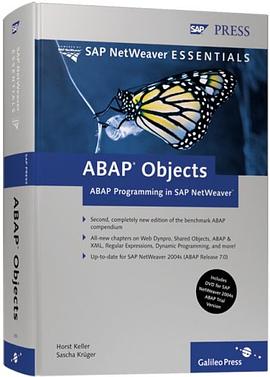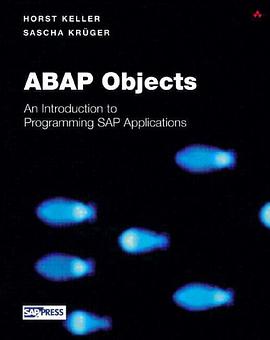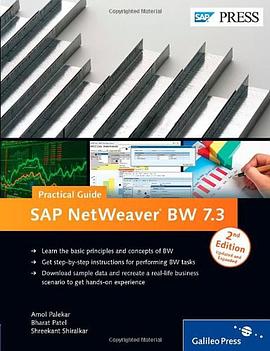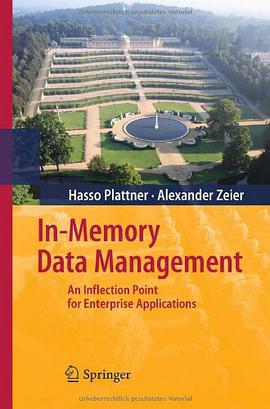(copied from www.amazon.com)
Editorial Reviews
Product Description
The all-new 2nd Edition of this bestselling book covers ABAP development with SAP NetWeaver. Whether you are new to ABAP programming, an experienced developer, or a consultant or project team member: this in-depth reference provides you with comprehensive knowledge of all facets of ABAP technology.
Based on ABAP Objects, this 1000+ page book describes all concepts of modern ABAP up to Release 7.0 (including a "sneak preview" of Release 7.10). Brand new topics found in the new edition include SAP NetWeaver Application Server ABAP, Regular Expressions, Shared Objects, class-based exception handling, assertions, Web Dynpro for ABAP, Object Services, dynamic programming, interface technologies (RFC, ICF, XML), and test tools, among others. Procedural techniques are also covered where necessary.
Highlights:
SAP NetWeaver Application Server ABAP
Development basics: ABAP Workbench, Object Navigator, Class Builder, etc.
Basic elements of ABAP Objects
Classic modularisation and program execution
Avoiding erros and error handling
GUI programming: dynpros, lists, selection screens, controls and Web Dynpro
Persistent data: DB access, Object Services, file interface, data clusters
Dynamic programming: field symbols, RTTS, dynamic tokens and procedure calls
Data und communication interfaces: RFC, ICF, web services, XML



















